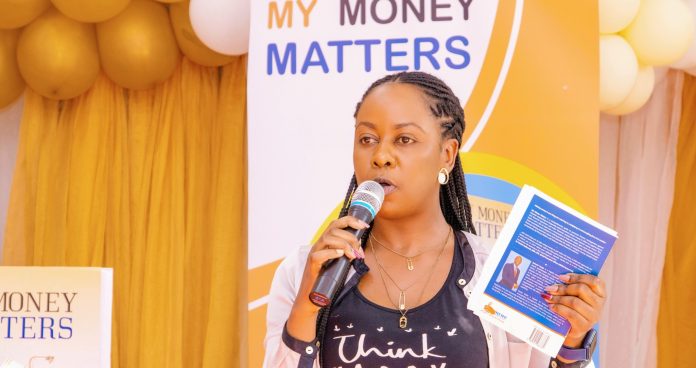|
Getting your Trinity Audio player ready...
|
When investing in government bonds like the recently re-opened IFB1/2018/015 and IFB1/2022/019, it’s important to understand two key terms which are mentioned in the prospectus: Redemption and Amortization.
Redemption means the government will pay back the full amount of the bond (principal) to the investor. This happens at the end of the bond term, also called maturity.
Amortization is when the government starts repaying part of the principal before the maturity date. It helps reduce risk for the investor and gives back cash in chunks, rather than all at once at the end.
Example from the current Infrastructure Bonds (IFBs):
IFB1/2018/015 (15-Year Bond)
Starts amortizing on 17/01/2028: 40 percent of the outstanding principal will be paid.
Final redemption of the balance (60 percent) on 10/01/2033.
If you hold up to Sh1 million per CSD account, your full amount will be paid off during this first amortization (2028).
IFB1/2022/019 (19-Year Bond)
Starts amortizing on 09/02/2032: 50 percent of the principal will be paid.
Final redemption of the rest on 28/01/2041.
On the same rule: holdings of up to Sh1 million per CSD account will be fully paid during this 2032 amortization. This feature makes these bonds ideal for retail investors who may prefer to receive their capital earlier rather than waiting until the end.
Remember: The bidding window for this bond is open until August 13, 2025. The settlement for this will be on August 18, 2025, and trading will begin immediately after in multiples of Sh50,000.
When investing in government bonds, it is there essential that you know what you are buying, from which you can then maximize your returns and time your cash flows.
READ MORE: My Sh272,000 savings in MMF earned Sh1,100 net interest in 15 days
Rhina Namsia is the founder and chief executive officer of The Acemt Consulting, a training and consultation company that provides financial planning and investment advisory.








